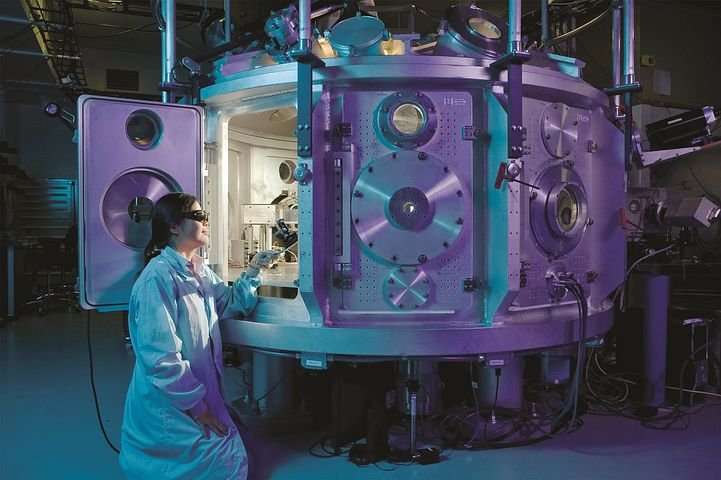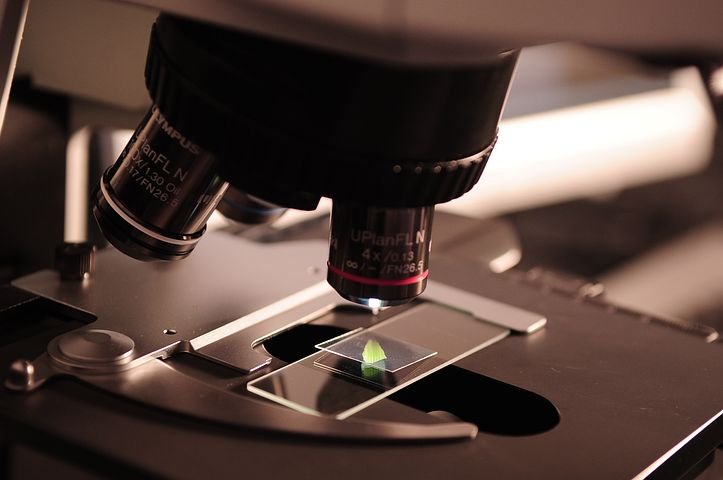
Experiment 1
Determination of Normal Consistency of Cement with Vicats Apparatus

1.1 Objective:
This test method covers the determination of the normal consistency of hydraulic cement paste with Vicats Apparatus.
1.2 Introduction:
The amount of water content that brings the cement paste to a standard condition of wetness is called normal consistency. It has a marked effect upon the time of set as well as upon other properties of cement. The paste at normal consistency is fairly stiff and is used only for the determination of time of set and soundness of cement. It is necessary to fix the quantity of water to be mixed in cement while experimenting on it.
The normal consistency of a cement paste is defined as that consistency (% of water) which will permit the vicat plunger to penetrate to a point 10 mm from the top of the vicatmould. The usual range of values being between 22 to 30 percent by weight of dry cement. Normal consistency is also called standard consistency.
1.3 Reference Standard:
This test method conforms to the ASTM standard requirements of specification C187.
1.4 Scope:
This test method is intended to be used to determine the amount of water (by % weight of dry cement) required to prepare hydraulic cement pastes for testing.
Necessity and Use of Normal Consistency:
Cement produced by different factories may not have same properties and so it is necessary to standardize the consistency using standard equipment.
The knowledge of normal consistency is required while performing other important tests such as setting time, soundness etc. as these tests are performed on cement paste using a certain percentage of water required for standard consistency.
1.5 Related Terms:
Consistency: A certain minimum quantity of water is required to be mixed with cement so as to complete chemical reaction between water and cement. Less water than this quantity would not complete chemical reaction thus resulting in reduction of strength and more water would increase water cement ratio and so would reduce its strength. Thus correct proportion of water to cement is required to be known to achieve proper strength while using cement in structure.
Gauging Time: The period observed from the time water is added to cement for making cement paste till commencing the filling of mould of Vicat Apparatus in this test.
1.6 Apparatus:
Balance: (sensitive to 0.1 mg) Set of metric weights. The permissible variations on weights in use in weighing the cement shall be as prescribed in Table-1. The permissible variations on new weights shall be one half of the values in Table-1.
Table 1.1: Permissible Variations on Weights
Weight, g
Permissible Variation on Weights in
Use, plus or minus, g
500
0.18
300
0.15
250
0.13
200
0.10
100
0.07
50
0.04
20
0.02
10
0.02
5
0.01
2
0.01
1
0.01
Glass Graduate: Three glass graduates of 200 or 250 ml capacity.
Vicat Apparatus: The Vicat apparatus shall consist of a frame (A) bearing a movable rod (B), weighing 300 g; one end is the plunger end (C), being 10 mm in diameter for a distance of at least 50 mm, and the other end having a removable needle (D), 1mm in diameter and 50 mm in length. The rod is reversible, and can be held in any desired position by a set screw (E), and has an adjustable indicator (F) which moves over a scale (graduated in millimeter) attached to the frame. The paste is held in a rigid conical ring (G), resting on a glass plate (H) about 100 mm square. The rod shall be made of stainless steel having a hardness of not less than 35 HRC (Rockwell Hardness number), and shall be straight with the plunger end, which is perpendicular to the rod axis. The ring shall be made of a noncorroding, non-absorbent material, and shall have an inside diameter of 70 mm at the base and 60mm at the top, and a height of 40 mm. In addition to the above, the Vicat apparatus shall conform to the following requirements:
Weight of movable rod
Diameter of plunger end of rod
Diameter of needle
Height of ring
Inside diameter of ring at bottom
Inside diameter of ring at top
Graduated scale
300 0.5 g (0.661 lb 8 grains)
10 0.05 mm (0.394 0.002in.)
10.05 mm (0.0390.002 in)
401 mm (1.570.0 4in)
703 mm (2.750.12 in)
603 mm (2.360.12 in)
The graduated scale, when compared
with a standard scale accurate to
within 0.1 mm at all points, shall not
show a deviation at any point greater
than 0.25 mm.
Others: Mixing plate, small trowel, three 4-in. square glass plates.
1.7 Test Conditions:
Temperature and Humidity:
The temperature of the air in the vicinity of the mixing slab, the dry cement, molds, and base plates shall be maintained between 20 and 27.5C (68 and 81.5F).
The temperature of the mixing water shall not vary from 23C (73.4F) by more than 1.7C (3F).
The relative humidity of the laboratory shall be not less than 50%.
1.8 Procedure:
Preparation of Cement Paste:
Weigh out 650gm of cement and place on the mixing plate. Form crater in the center and add a measured quantity of water. (The water required for normal consistency for ordinary cement ranges from 22 to 30% by weight).
Turn the material at the outer edge into the crater within 30sec with a trowel.
After an additional interval of 30sec for the absorption of the water, complete the operation by continuous, vigorous mixing, squeezing and kneading with the hands for 1.5min.
If mechanical mixing machine is used, start the mixer at low speed for 30 s. Stop for (15 s) and make sure no materials have collected on the sides of the bowel. Start mixing at medium speed for (1 min).
Molding Test Specimen:
Quickly form the cement past into the approximate shape of a ball with gloved hands.
Then toss six times through a free path of about 6in. (150mm) from one hand to another so as to produce a nearly spherical mass that may be easily inserted into the Vicat ring with a minimum amount of additional manipulation.
Press the ball, resting in the palm of one hand, into the larger end of the conical ring, held in the other hand, completely filling the ring with paste. Remove the excess at the larger end by a single movement of the palm of the hand.
Place the ring on its larger end on a plane, nonabsorptive plate, and slice off the excess paste at the smaller end at the top of the ring by a single oblique stroke of a sharp-edged trowel held at a slight angle with the top of the ring and smooth the top, if necessary, with a few light touches of the pointed end of the trowel. During these operations of curing and smoothing take care not to compress the paste.
Consistency Determination:
Center the paste confined in the ring, resting on the plate, under the rod, the plunger end, of which shall be brought in contact with the surface of the paste, and tighten the set-screw. Then set the movable indicator (10 mm dia) to the upper zero mark of the scale, or take an initial reading, and release the rod immediately. This must not exceed 30 sec after completion of mixing. The apparatus shall be free of all vibrations during the test. The paste shall be of normal consistency when the rod settles to a point 10 1 mm below the original surface in 30 sec after being released.
Calculation:
Calculate the amount of water required for normal consistency to the nearest 0.1% and report it to the nearest 0.5% of the weight of the dry cement.
Plot the amount of mixing water used as abscissa and observed penetration as ordinate in a plain graph paper. Then using this plot, determine the amount of water required for 10 mm penetration.
1.9 Warning:
Fresh hydraulic cementitious mixtures are caustic and may cause chemical burns to skin and tissue upon prolonged exposure. The use of gloves, protective clothing, and eye protection is recommended. Wash contact area with copious amounts of water after contact. Wash eyes for a minimum of 15 min. Avoid exposure of the body to clothing saturated with the liquid phase of the unhardened material. Remove contaminated clothing immediately after exposure.
Hi! I am a robot. I just upvoted you! I found similar content that readers might be interested in:
http://aust.edu/civil/lab_manual/ce_202.pdf